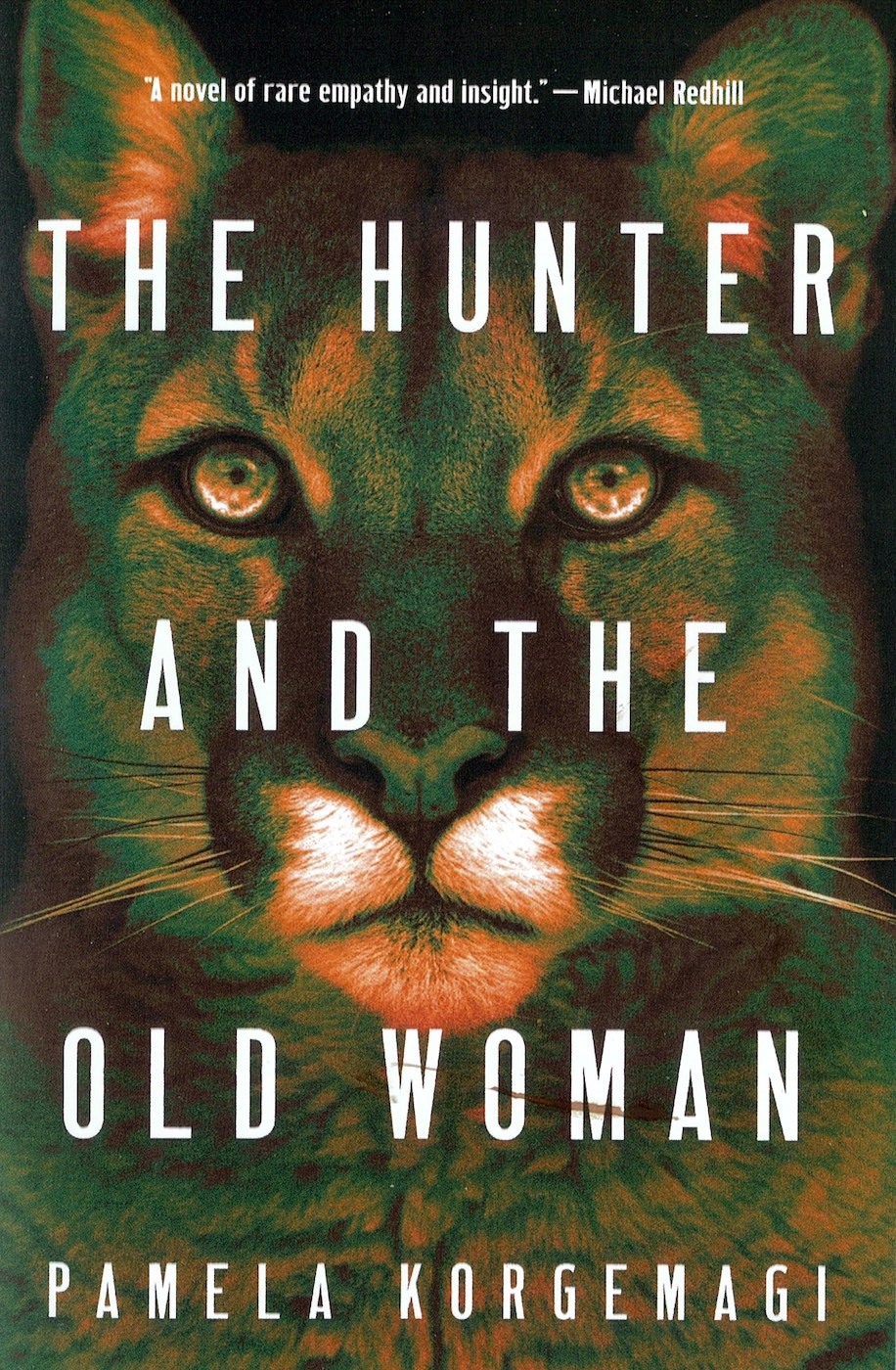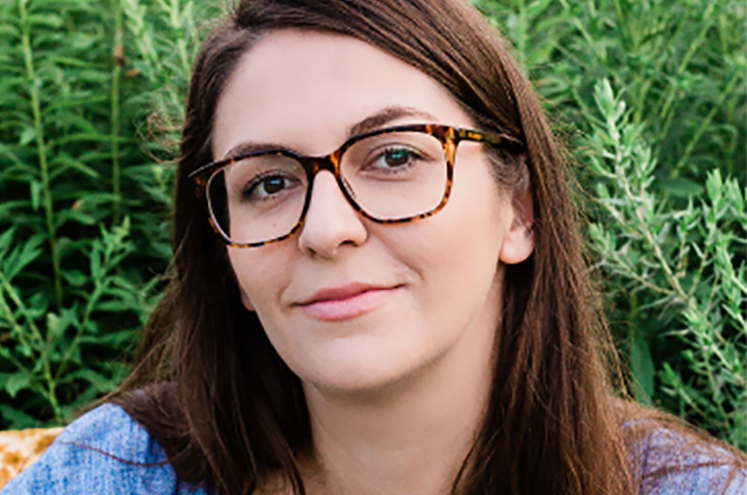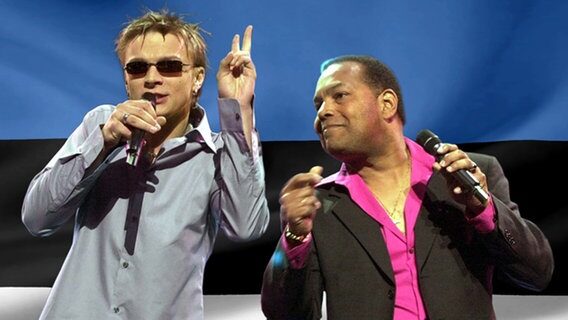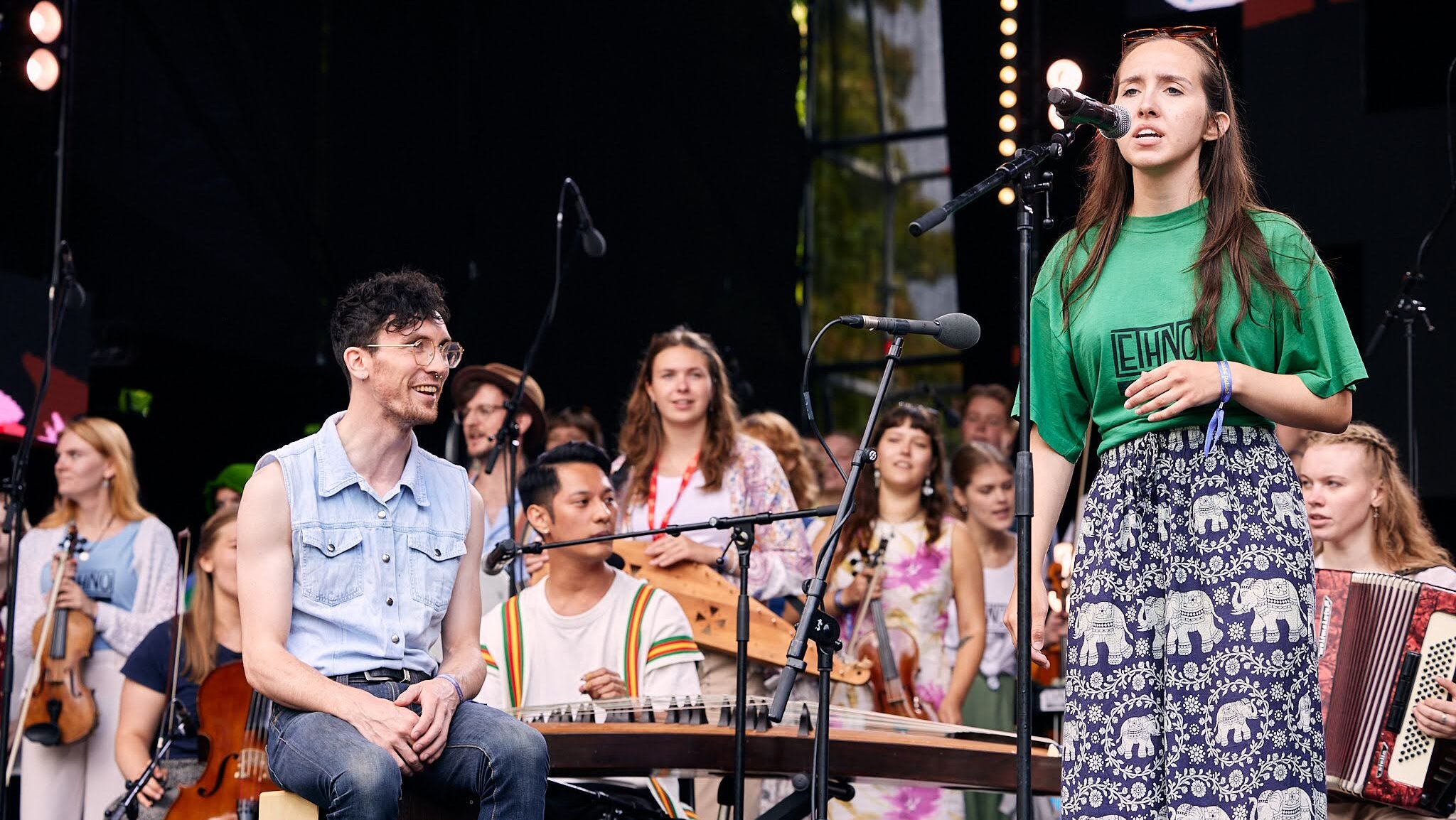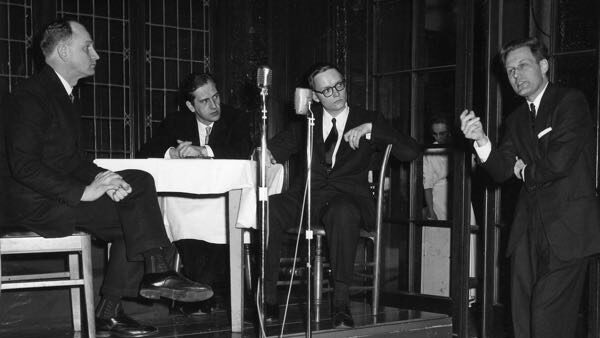I felt it was appropriate to introduce this unique literary accomplishment to my fellow Estonians. I contacted my scholarly friend at the Estonian Literary Museum (Eesti Kirjandusmuuseum) in Tartu and immediately sent her a copy.
What really held my attention while reading it was the sense of originality in the novel. It also managed to stir me emotionally. It's possible that the connection between the mother cougar and her cubs provided the emotional quotient. Just the same, while reading it, I felt this was one of the best books that I had ever read.
I managed to contact the author through Estonian friends perhaps six months after I had discovered the book. By this time I had shared my enthusiasm with a few people and sent them copies. I chided the workers in the bookstore about being slow in replacing the books that I had purchased.
When I contacted the author, instead of personal questions, I immediately asked her about the story and the main character. I'm asking my readers to be a bit patient on this score. The following is the sequence of questions I presented with the answers provided by the author.
How were you able express in writing the thought processes of a wild animal and yet make it believable? Your depictions seemed so real.
I did some reading about about mountain lions and their lifecycle. Similar to other big cats they live very solitary lives. Typically only the female and her cubs live together. Once the cubs are grown, they are considered adults and head off into the forest to fend for themselves.
I also read a fantastic memoir, “The Ghost Walker” by R.D. Lawrence, which chronicles the writer’s experience living in northern British Columbia. Over the course of thirteen months he observed the mountain lions, as well as how the mountain lions interacted with deer, bears and even wolves, in the area. I found inspiration from this memoir because it describes the secret lives of animals interacting with each other in the wilderness. I think it added some key details to the novel.
(Read more: Estonian Life No. 21 2022 paber- and PDF/digi)
Andres Raudsepp
